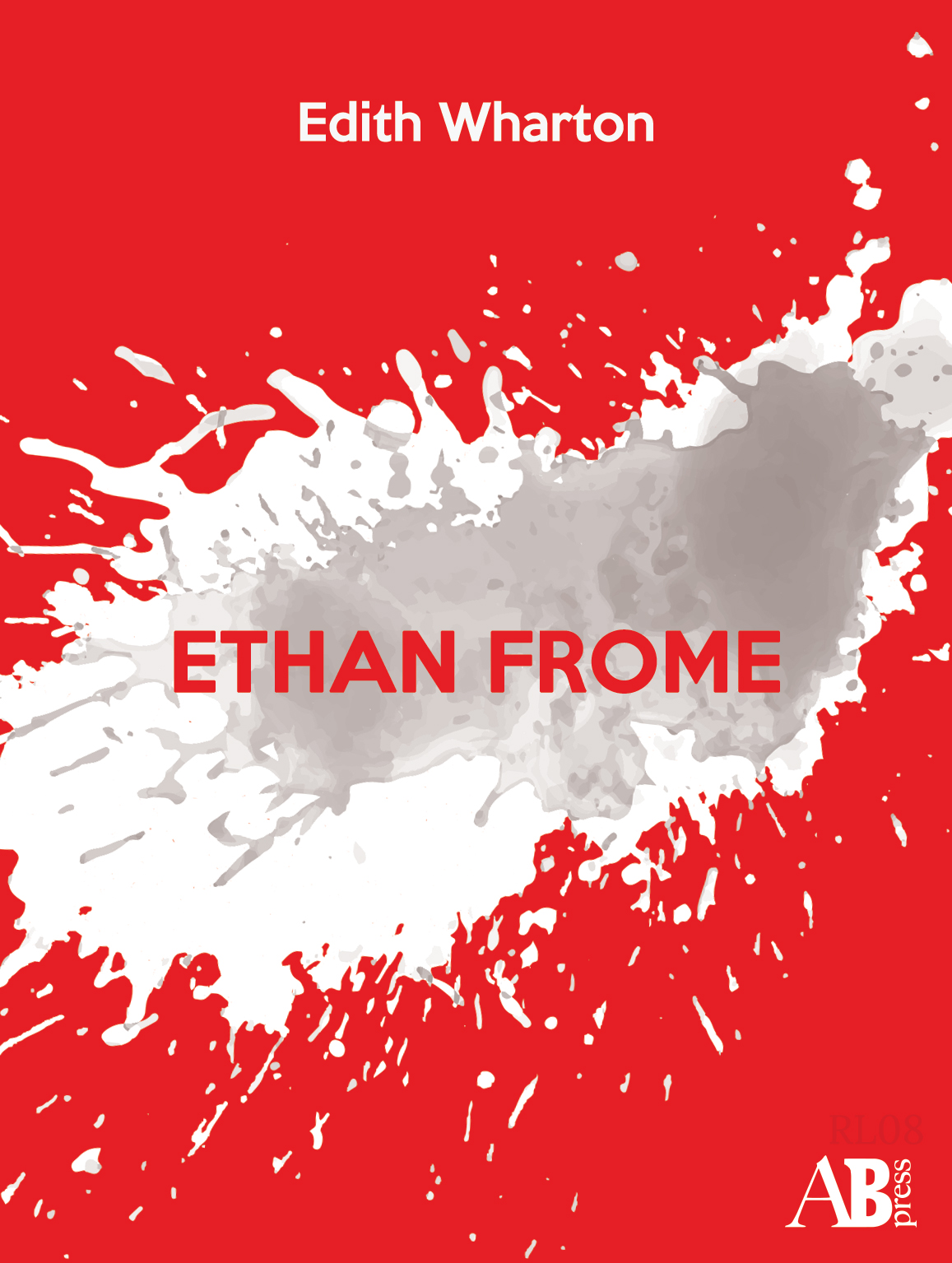Biography
EDITH WHARTON (1862-1937) had an extremely wealthy background in New York City: private tutors and a governess provided her home education, and she spent six years living in France as a child (France became her main home from 1914). Wharton was well connected socially, politically and, in later years, with the literary world: Henry James was a great friend (though her meeting with Scott Fitzgerald proved to be disappointing to both: “to your generation,” wrote Wharton, “I must represent the literary equivalent of tufted furniture and gas chandeliers”). Her marriage was unfulfilling in every way (she divorced in 1913), and passion came only in her mid-40s when she embarked on a relationship with Morton Fullerton, a louche cad, which ended unhappily for Edith.
Wharton lived luxuriously. She toured Europe by chauffeured car or yacht, and indulged her instinct for interior decoration, renovation and gardening. Her first book, The Decoration of Houses, was published in 1897. Such patrician mode was encouraged by an admiration for the French Empire, and it prompted her refusal to donate to Teddy Roosevelt, her great friend, when his policies became too populist. She was the American in Paris, and knew little of America other than New York and New England (she and her husband had built a 42-room mansion in Lenox, Massachusetts, The Mount).
As a child, Wharton developed a great appetite for writing, though her mother had forbidden her to read a novel until she married. Her first novella was written when she was 15. An initial lack of success and scant encouragement saw Wharton turn to writing travel pieces. Her first short story was published only when she was 29, and her first collection of short stories, The Greater Inclination, when 37; The Touchstone, her first extended piece of fiction, was published a year later, and is the first of her books to examine the faded fortunes of New York society life. Wharton’s first novel, The Valley of Decision, was published in 1902; The House of Mirth made her popular in 1905, the book was considered to be in many ways scandalous; Ethan Frome (1911) won her even more acclaim. Wharton was a prolific author, and published over forty books — 15 novels, 7 novellas and over 80 short stories. Her polished writing style was flooded with observation, wit, and satire. The Age of Innocence (1920) was awarded the Pulitzer Prize in 1921; even though the jurors had all voted for Sinclair Lewis’ Main Street, their decision had been overturned by the Pulitzer board. She wrote to Lewis that when she had “discovered that I was being rewarded — by one of our leading Universities — for uplifting American morals, I confess I did despair.”




